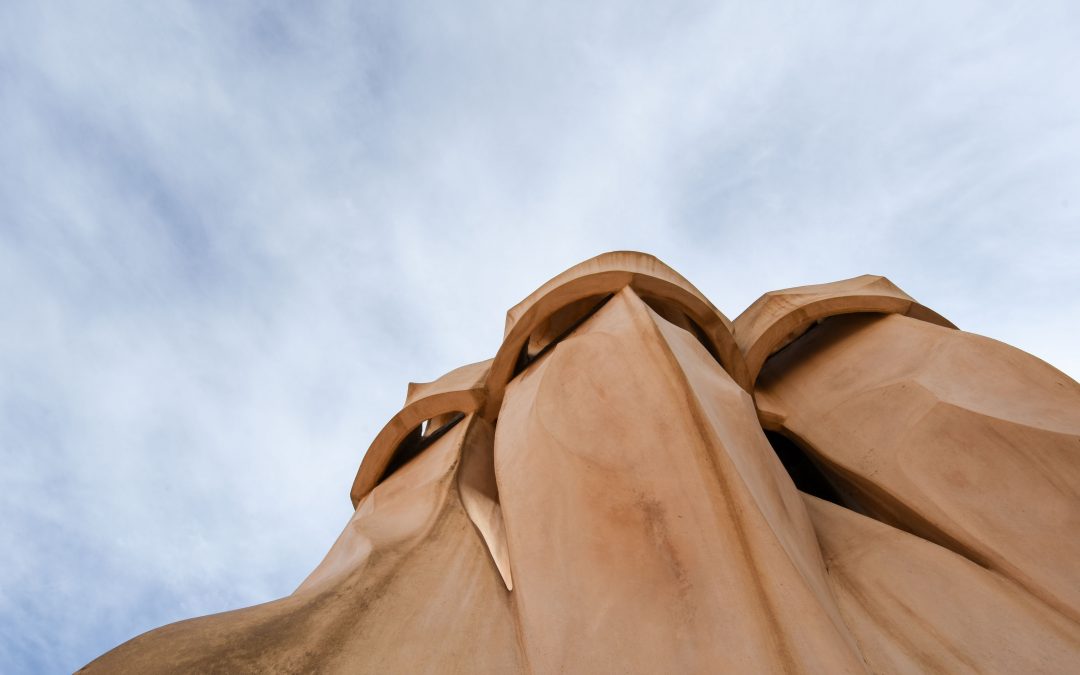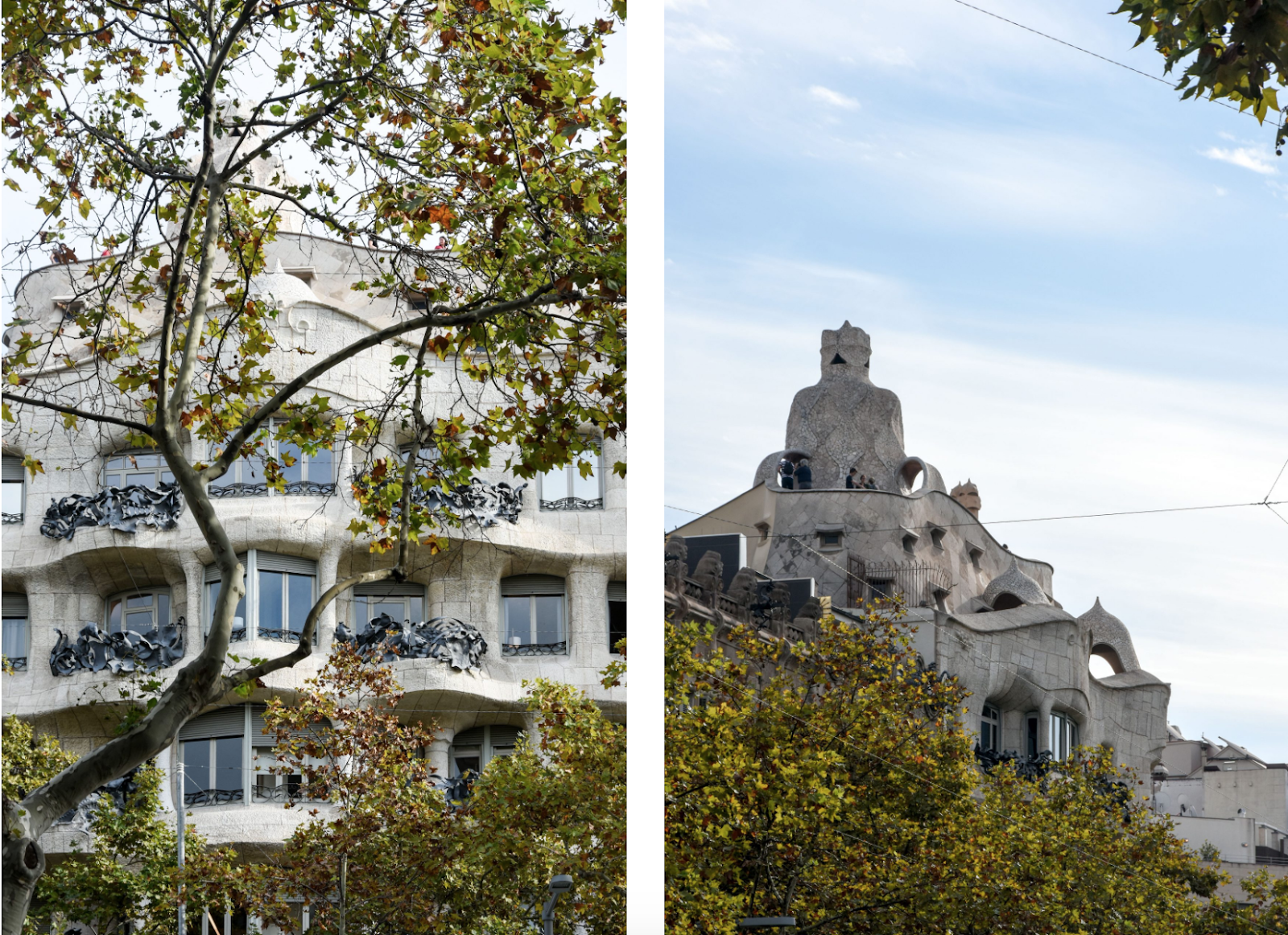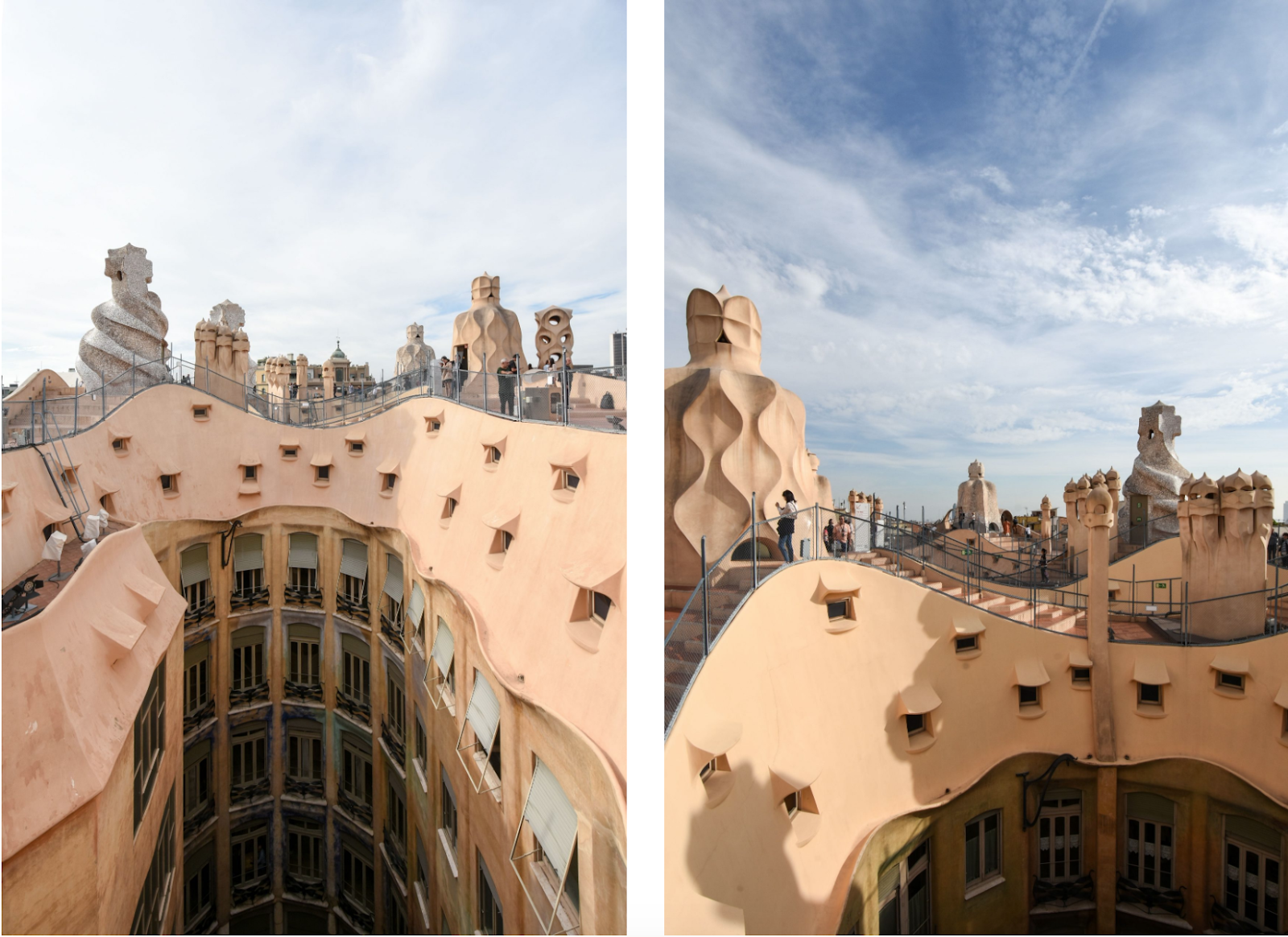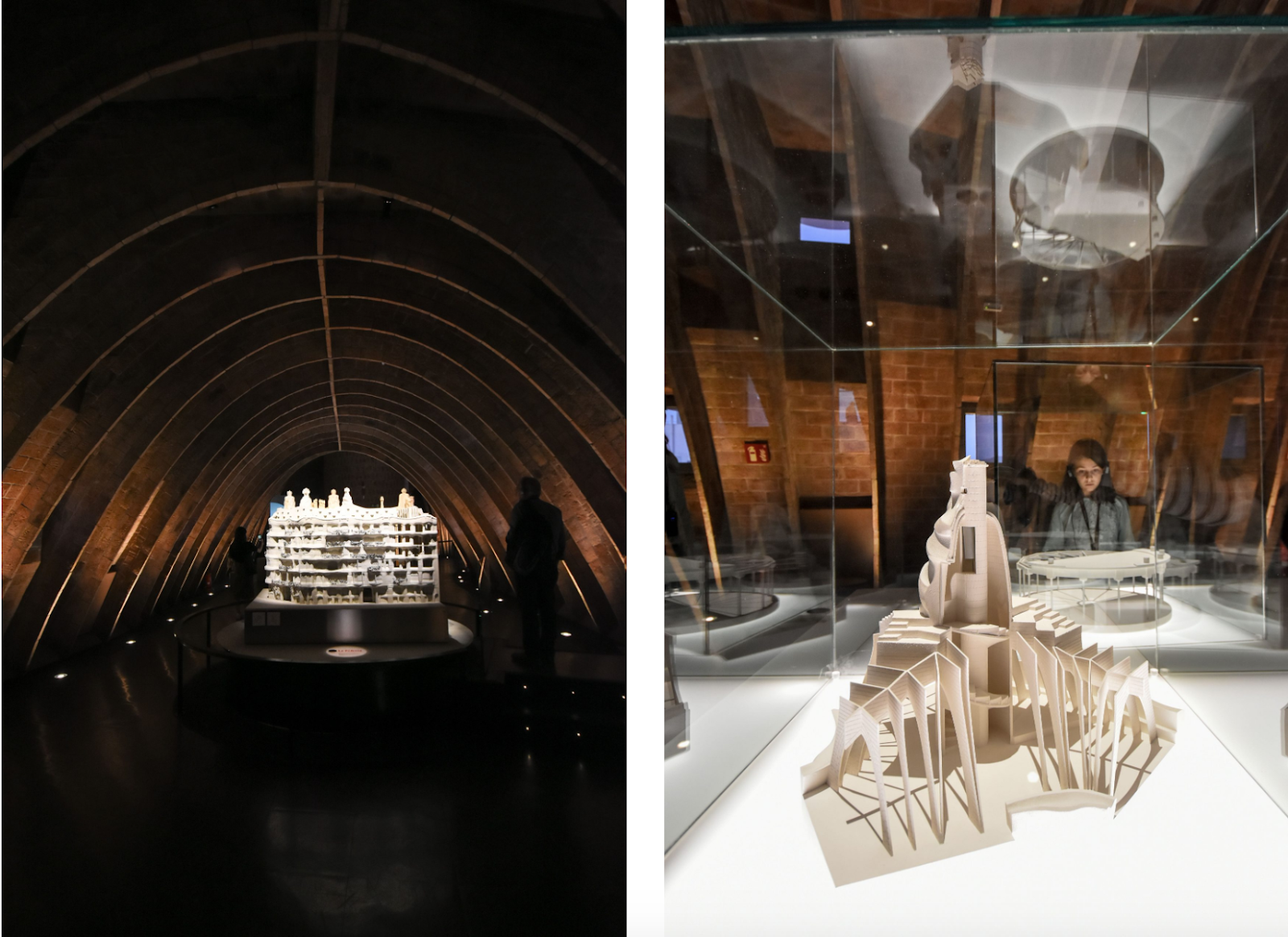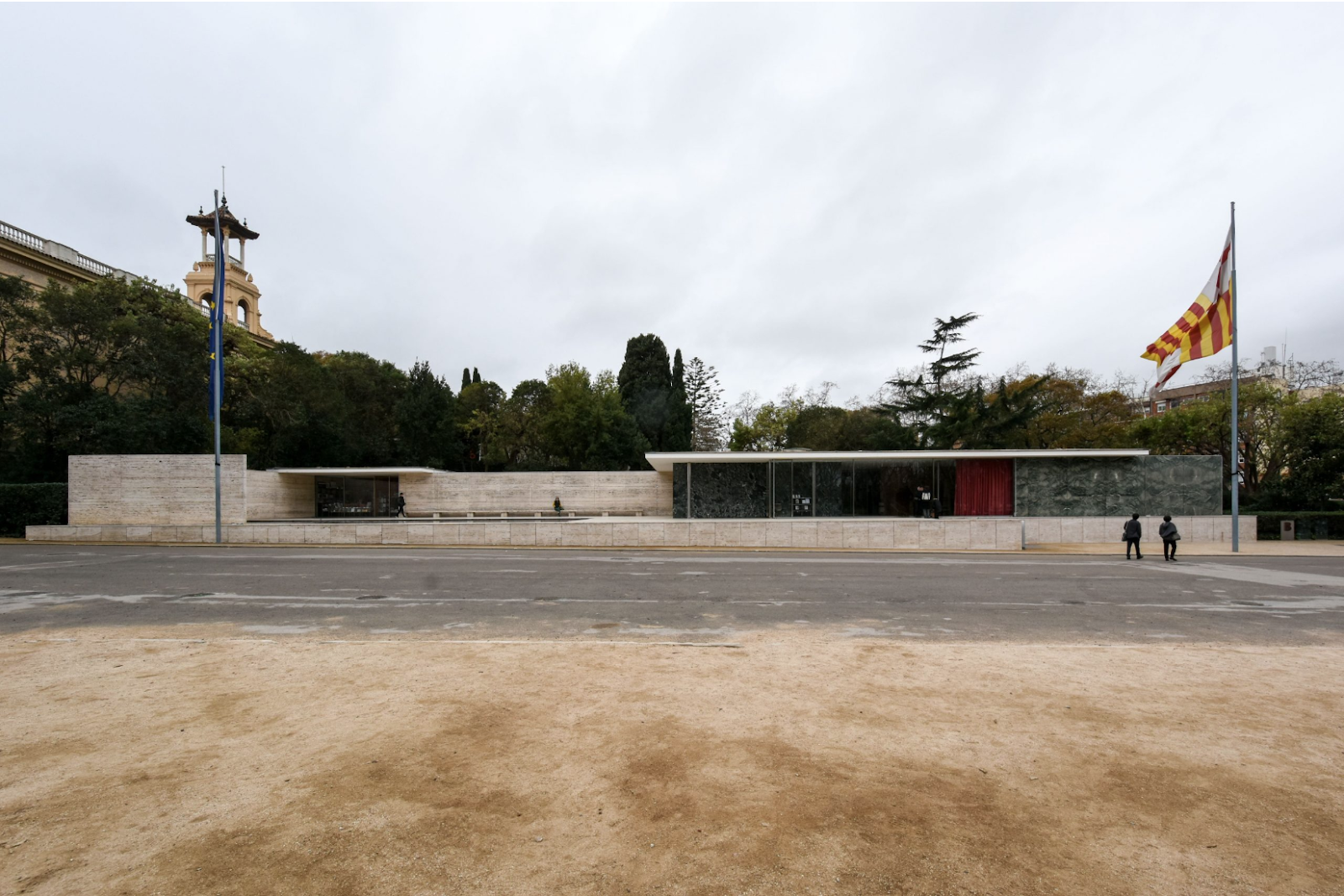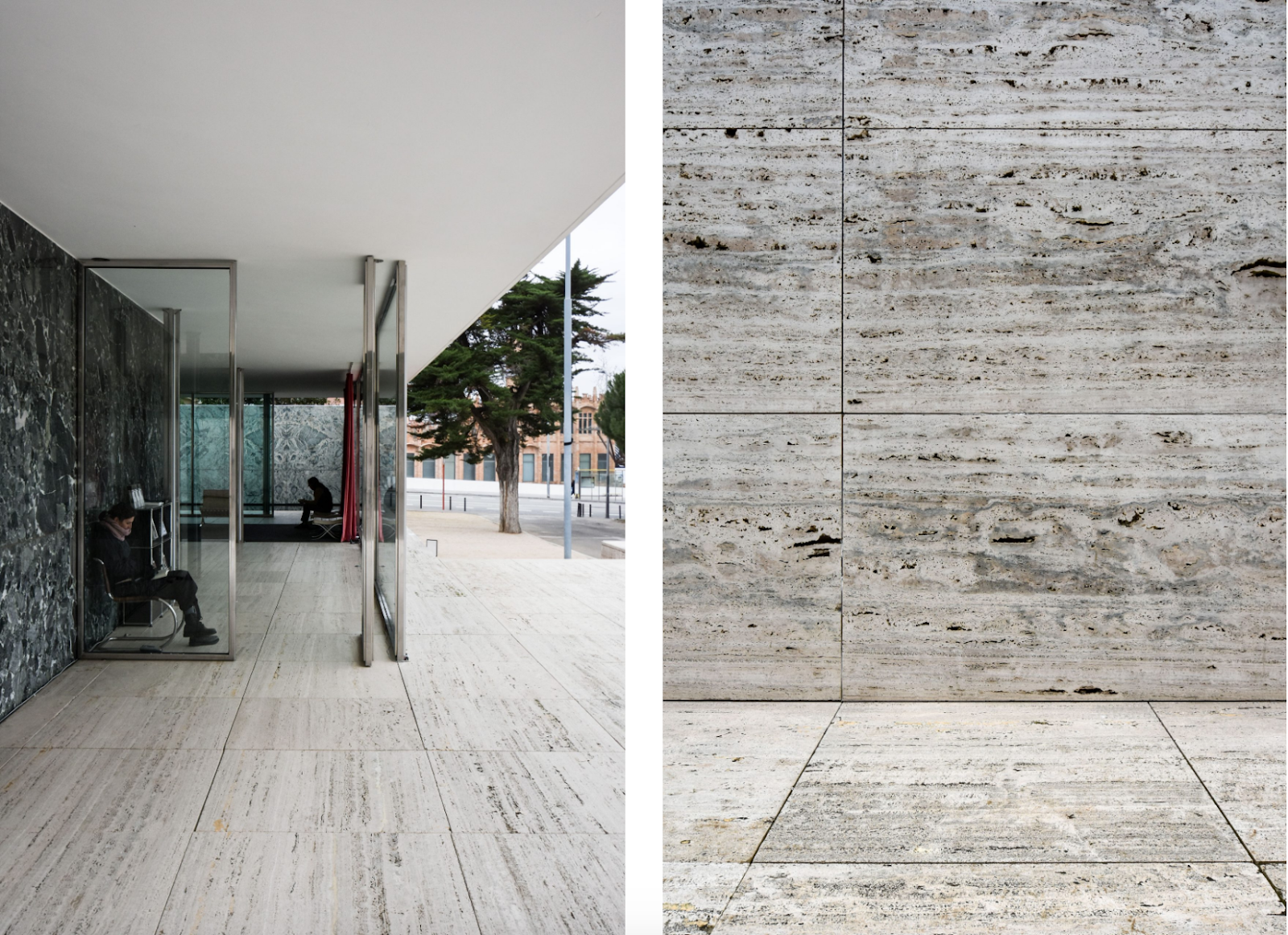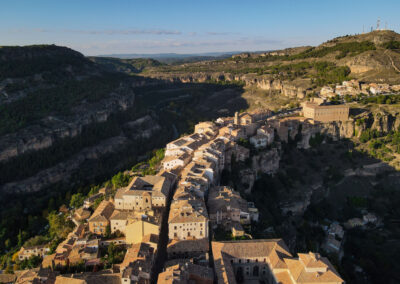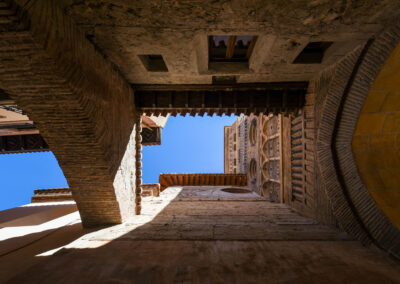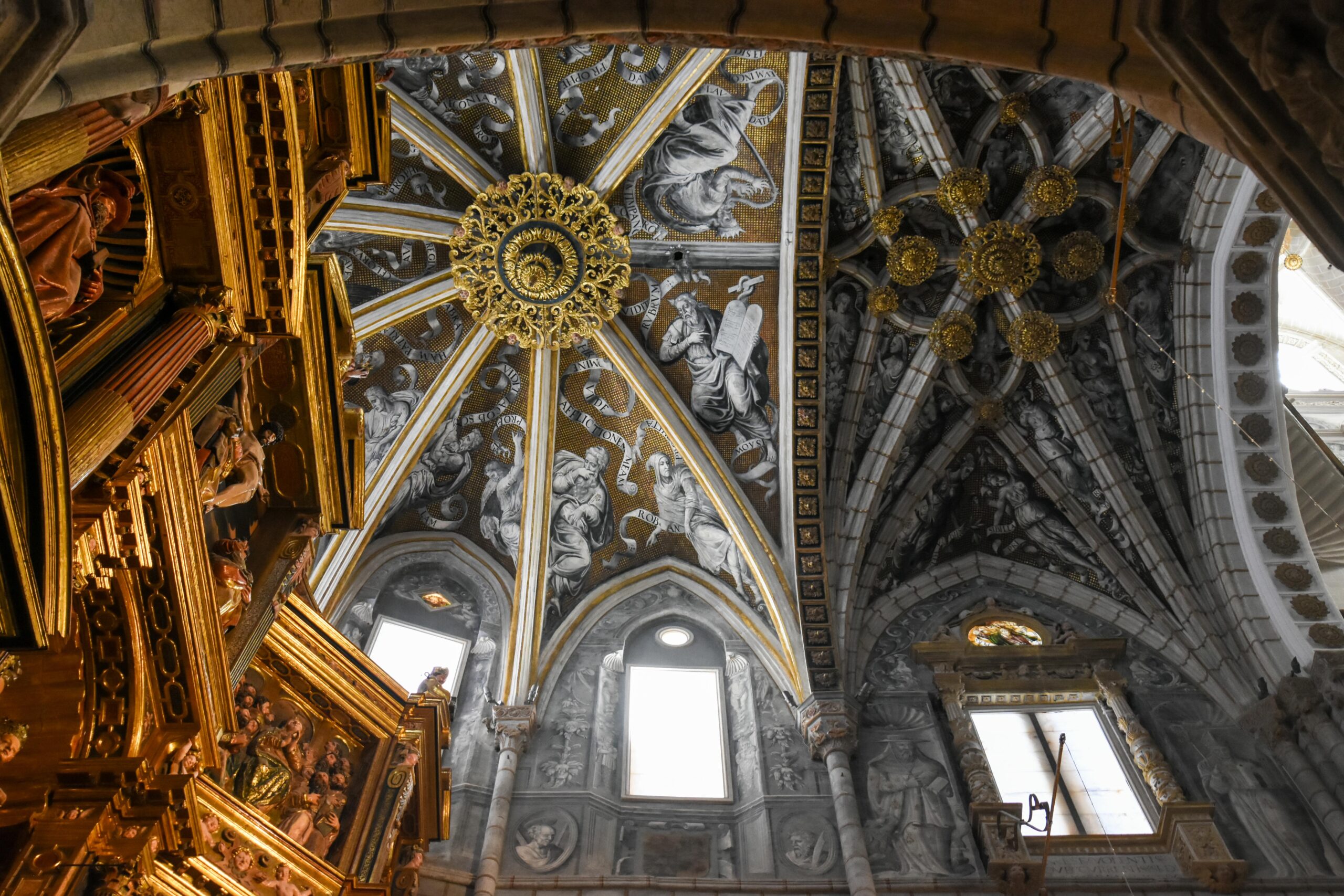The first time I went to Barcelona was in 2011, in my first year of architecture. At the time, I visited Gaudí’s best-known works: The Sagrada Familia, in eternal construction, the wonderful Park Güell (which meanwhile has an entrance fee if you go there between 8:30 am and 7:00 pm), the Palace with the same name (and owner) and Casa Batlló on the main avenue, Passeig de Gràcia. But a very important one was missing, Casa Milà, also known as La Pedrera, on the same avenue.
.
I took advantage of a night stop (one night layover) in the city to visit this residential building built between 1906 and 1912 which highlight is the terrace, with the army of chimney-guardians, the view of the city around the two patios, the four corners inspired by an element of nature. We also have the opportunity to visit one of the apartments, clearly for the high society of Barcelona, of enormous dimensions and wonderful details, all designed by Gaudí himself!
.
Entrance costs € 7 and is valid throughout the day – when I entered there was a huge group of French students drawing the space, so it was impossible to take good pictures, so I came back after visiting the museum. Then we went to eat some tapas at Ciutat Comtal near the Ramblas. I recommend the paella, camarones al ajillo, mushrooms with asparagus and tempura. The beer, however, was a bit disappointing…
If you liked this post and want to read more about my trips to Spain, you can visit the following posts:

